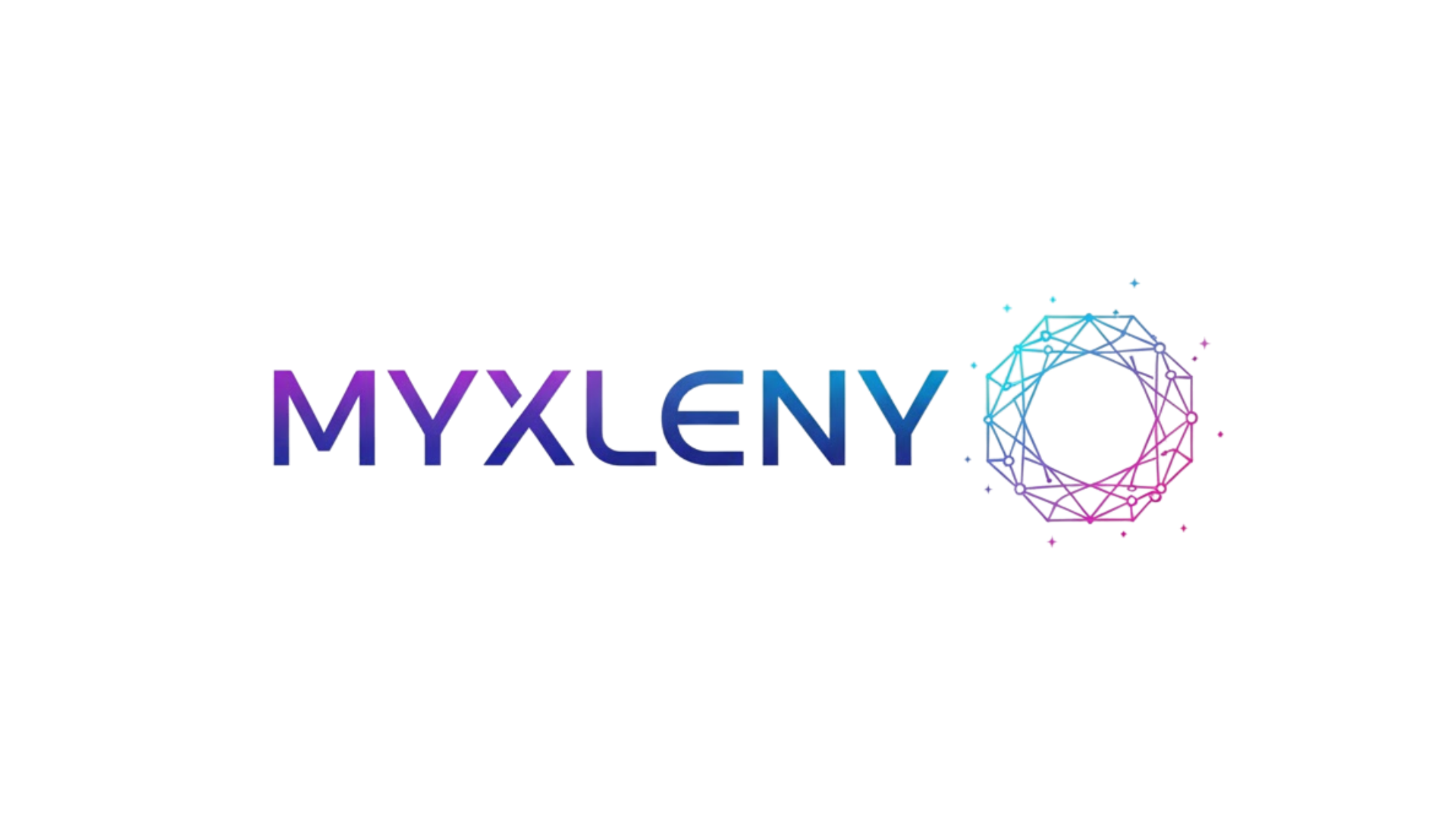Human sustainability is no longer optional—it’s the cornerstone of our collective future. Measuring how well we sustain ourselves, our communities, and our planet determines whether we merely survive or truly thrive.
🌍 Understanding Human Sustainability Beyond Environmental Metrics
When most people hear “sustainability,” they immediately think of recycling bins, solar panels, and carbon footprints. While environmental considerations are crucial, human sustainability encompasses a much broader spectrum. It’s about creating systems that support human wellbeing across multiple dimensions—physical health, mental wellness, social connection, economic stability, and personal fulfillment.
Human sustainability asks a fundamental question: Are we creating conditions that allow people to flourish not just today, but for generations to come? This requires us to measure factors that traditional economic indicators often overlook. GDP might tell us about economic output, but it says nothing about whether people are sleeping well, feeling purposeful, or maintaining meaningful relationships.
The shift toward measuring human sustainability represents a paradigm change in how we define progress. Rather than focusing solely on production and consumption, we’re beginning to recognize that sustainable development must center on human capabilities, dignity, and potential.
📊 The Essential Pillars of Human Sustainability Measurement
Measuring human sustainability requires a multidimensional approach that captures the complexity of human experience. Several key pillars form the foundation of comprehensive measurement:
Physical Health and Longevity
The most fundamental aspect of human sustainability is our physical wellbeing. Metrics in this category include life expectancy, disease prevalence, access to healthcare, nutritional status, and environmental health factors. A sustainable society ensures that people can maintain their physical health throughout their lifespan without depleting resources needed by future generations.
However, longevity alone isn’t enough. Quality-adjusted life years (QALYs) and disability-adjusted life years (DALYs) provide more nuanced pictures of health sustainability by accounting for both quantity and quality of life. These metrics help us understand whether we’re adding years to life and life to years.
Mental and Emotional Wellbeing
Psychological health is equally critical to human sustainability. Depression, anxiety, burnout, and stress-related conditions are escalating globally, signaling unsustainable life patterns. Measuring mental health sustainability involves tracking mental illness prevalence, access to mental health services, stress levels, and positive indicators like life satisfaction and emotional resilience.
Countries like New Zealand and Bhutan have pioneered wellbeing budgets that prioritize mental health alongside economic metrics. These approaches recognize that psychological sustainability directly impacts productivity, social cohesion, and long-term societal health.
Social Capital and Community Connection
Humans are inherently social beings, and our connections profoundly impact sustainability. Social capital—the networks, norms, and trust that enable cooperation—serves as a crucial sustainability indicator. Measurements include community participation rates, social isolation levels, trust in institutions, civic engagement, and the strength of social safety nets.
Research consistently shows that socially connected communities demonstrate greater resilience during crises, better health outcomes, and higher overall life satisfaction. Measuring these connections helps us understand whether our social fabric is strengthening or fraying.
Economic Security and Opportunity
While economic sustainability extends beyond mere GDP, financial security remains vital to human thriving. Relevant metrics include income inequality, unemployment rates, underemployment, job security, access to education and skill development, and social mobility opportunities.
Sustainable economic systems provide people with meaningful work, fair compensation, and pathways for advancement without requiring unsustainable consumption patterns or exploitation of others. Measurements must capture not just average wealth but its distribution and accessibility.
🔍 Innovative Frameworks for Measuring What Matters
Several pioneering frameworks have emerged to measure human sustainability more holistically than traditional economic indicators allow.
The Human Development Index (HDI)
Developed by the United Nations, the HDI combines life expectancy, education levels, and per capita income to create a composite measure of human development. While not perfect, it represents a significant advancement beyond GDP by acknowledging that development means expanding human capabilities, not just economic output.
The HDI has evolved to include inequality-adjusted versions that reveal how benefits are distributed across populations, providing deeper insights into sustainability challenges.
Gross National Happiness (GNH)
Bhutan’s Gross National Happiness framework measures progress across nine domains: psychological wellbeing, health, education, time use, cultural diversity, good governance, community vitality, ecological diversity, and living standards. This comprehensive approach recognizes that sustainable development must balance material and non-material values.
GNH employs surveys that ask detailed questions about people’s actual experiences, providing rich qualitative data alongside quantitative metrics. This methodology has inspired wellbeing measurement initiatives worldwide.
The Better Life Index
The OECD’s Better Life Index allows users to weight different life dimensions according to personal priorities while comparing countries across factors like housing, income, jobs, community, education, environment, civic engagement, health, life satisfaction, safety, and work-life balance.
This interactive approach acknowledges that sustainability priorities vary across individuals and cultures while still providing meaningful comparative data.
Planetary Health Index
Recognizing the inseparable connection between human and environmental wellbeing, the Planetary Health Index integrates human health outcomes with environmental sustainability metrics. This framework acknowledges that we cannot achieve long-term human sustainability while degrading the ecosystems that support all life.
💡 Practical Applications: From Measurement to Action
Measuring human sustainability only matters if it drives meaningful change. Forward-thinking organizations, governments, and communities are translating these measurements into practical interventions.
Corporate Sustainability Reporting
Progressive companies are expanding beyond environmental, social, and governance (ESG) metrics to include human sustainability indicators. These include employee wellbeing scores, work-life balance metrics, professional development opportunities, pay equity analysis, and community impact assessments.
Organizations that measure and prioritize human sustainability often discover that it correlates with improved retention, productivity, innovation, and long-term profitability. Sustainable human capital management isn’t just ethical—it’s strategic.
Policy Development and Resource Allocation
Governments increasingly use human sustainability metrics to guide policy decisions and budget allocations. New Zealand’s Wellbeing Budget, for example, directs government spending toward initiatives that demonstrably improve citizen wellbeing across multiple dimensions.
This approach shifts focus from maximizing economic growth to optimizing human outcomes, often revealing that investments in mental health services, community programs, or preventive healthcare deliver greater returns than traditional infrastructure spending alone.
Urban Planning and Community Design
City planners are incorporating human sustainability metrics into urban development decisions. Walkability scores, access to green spaces, community gathering places, affordable housing availability, and public transportation connectivity all contribute to human sustainability.
Cities that measure and prioritize these factors create environments where people can thrive with lower environmental footprints, reduced stress, increased physical activity, and stronger social connections.
🚀 Technology’s Role in Measuring Human Sustainability
Digital tools and data analytics are revolutionizing our ability to measure human sustainability in real-time and at scale. Wearable devices track physical health metrics, smartphone apps monitor mental health patterns, and big data analysis reveals population-level trends previously invisible.
However, technology also presents challenges. Privacy concerns, digital divides, and the risk of reducing complex human experiences to quantifiable data points require careful navigation. The goal is leveraging technology to enhance measurement without losing sight of what makes us human.
Artificial intelligence and machine learning enable pattern recognition across vast datasets, identifying sustainability risks and opportunities that human analysis might miss. Predictive models can forecast which interventions will most effectively improve human sustainability outcomes in specific contexts.
🌱 Integrating Individual and Collective Sustainability
Human sustainability operates simultaneously at individual and collective levels. Personal sustainability practices—adequate sleep, meaningful work, strong relationships, continuous learning, and physical activity—aggregate into community and societal sustainability.
Measurement frameworks must capture both dimensions. Individual wellbeing assessments help people understand their personal sustainability status and identify areas for improvement. Population-level metrics reveal systemic patterns and guide collective action.
The relationship flows both ways: individual thriving depends on sustainable social systems, while collective sustainability emerges from millions of individual choices and circumstances. Effective measurement acknowledges this interdependence.
🎯 Overcoming Measurement Challenges and Limitations
Despite advances, measuring human sustainability presents significant challenges. Cultural differences affect how people define and experience wellbeing, making cross-cultural comparisons complex. Self-reported data may suffer from response bias, while objective metrics might miss subjective experiences that matter greatly.
Temporal dimensions also complicate measurement. Short-term indicators might not reveal long-term sustainability issues, while longitudinal studies require resources and patience. Balancing immediate needs with future sustainability requires sophisticated modeling and sometimes difficult trade-offs.
Data gaps remain particularly pronounced in developing regions where measurement infrastructure is limited. Ensuring equitable representation in global sustainability metrics requires intentional investment in data collection capacity worldwide.
🔮 The Future of Human Sustainability Measurement
The field of human sustainability measurement continues evolving rapidly. Emerging trends include greater integration of environmental and social metrics, increased use of real-time data collection, participatory measurement approaches that engage communities in defining indicators, and AI-enhanced predictive modeling.
We’re moving toward dynamic, adaptive measurement systems that respond to changing conditions rather than static annual reports. These living databases can identify emerging threats and opportunities quickly, enabling more responsive interventions.
The democratization of measurement tools means individuals, communities, and organizations can assess their own sustainability without waiting for government or academic studies. This grassroots data collection complements traditional top-down approaches, creating richer, more representative pictures of human sustainability.
✨ Creating Your Personal Sustainability Dashboard
While global and national measurements matter, individual sustainability tracking empowers personal action. Consider creating a personal sustainability dashboard that monitors key indicators across multiple life dimensions:
- Physical health metrics: sleep quality, physical activity, nutrition, preventive care
- Mental wellbeing: stress levels, mood patterns, mindfulness practices, therapy engagement
- Social connections: meaningful interactions, community involvement, relationship quality
- Professional sustainability: work-life balance, skill development, job satisfaction, purpose alignment
- Financial health: savings rate, debt management, income security, spending alignment with values
- Environmental impact: resource consumption, waste generation, carbon footprint
Regular reflection on these areas helps identify imbalances before they become crises. Many apps now facilitate this tracking, though simple journaling or spreadsheets work equally well. The key is consistent, honest assessment and adjustment.

🌟 Building Collective Momentum Toward Sustainable Thriving
Measuring human sustainability ultimately serves a single purpose: enabling us to create conditions where all people can flourish sustainably. This requires moving beyond measurement to action, from data collection to transformation.
Organizations, communities, and individuals who embrace comprehensive sustainability measurement often discover unexpected leverage points—small changes that produce disproportionate positive impacts. A workplace wellness program might reduce healthcare costs while improving productivity and retention. Community gardens might enhance nutrition, social connection, and environmental awareness simultaneously.
The transition toward human sustainability represents one of humanity’s greatest challenges and opportunities. By measuring what truly matters—human wellbeing in all its dimensions—we create feedback loops that guide us toward genuinely sustainable development.
As we refine our measurement capabilities, we must remember that metrics serve people, not the reverse. The ultimate measure of success isn’t a perfect data model but thriving human beings living meaningful lives within planetary boundaries, creating conditions where future generations can do the same.
Human sustainability measurement isn’t just about tracking decline or managing crises—it’s about intentionally designing systems, policies, and lifestyles that enable flourishing. When we measure comprehensively, act wisely, and remain committed to both human dignity and ecological integrity, we move from merely surviving to genuinely thriving. That brighter future begins with understanding where we are, imagining where we could be, and measuring our progress along the way.
Toni Santos is a future-of-work researcher and social innovation writer exploring how technology, culture, and global mobility are redefining what it means to work and thrive in the 21st century. Through his studies on automation, digital nomadism, and workforce transformation, Toni examines the balance between progress, adaptability, and human purpose in a rapidly changing world. Passionate about remote collaboration systems and digital inclusion, Toni focuses on how emerging tools and global connectivity empower individuals to build meaningful, flexible, and resilient careers. His work highlights how automation and new work models can coexist with creativity, empathy, and social value. Blending sociology, economics, and digital strategy, Toni writes about the human side of innovation — helping readers understand not only where work is heading, but how to align with its transformation responsibly and purposefully. His work is a tribute to: The evolving relationship between automation and human employment The rise of global, location-independent lifestyles The power of resilience and adaptability in the modern workforce Whether you are a freelancer, remote leader, or curious observer of the new economy, Toni Santos invites you to explore the future of work — one idea, one connection, one transformation at a time.




